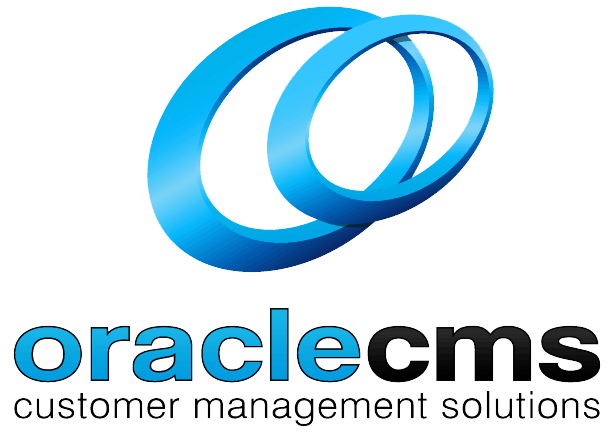
Digital Transformation Process: 6 Factors That Can Empower Your Transformation Strategy
We all know how essential it is to evolve and grow with the times, embrace the digital transformation process and get the most out of the new technologies and developments available today. Businesses that don’t adapt could easily find themselves extinct, but it is also important to pick the right transformation strategy for your company.
Trying to push through ideas to the wrong people at the wrong time can have a detrimental effect. Here we will look at ways to empower your transformation strategy and give it, and your business, the best chance to survive and thrive.
1. Promote a Digital Mindset
Firstly let’s look at exactly what we mean by Digital Transformation Process. Digital Transformation (DT or DX) is about using the new, up-to-date, and ever-evolving technology available to improve business processes, increase profits, and maintain high levels of customer satisfaction.
This process gets harder to implement without a digital mindset in place with the willingness to see it succeed. It can seem tough for employees now expected to keep up with streamlined processes that they had always done a different way, particularly if they weren’t forewarned and given the right encouragement.
Digital Transformation is hugely beneficial for your employees, you just have to find the right way to communicate that fact. Many systems can be automated saving hours of manual inputting and work that can be better spent on innovating and other more important work. Utilising online work and the cloud your employees can access files and work from anywhere, cutting down on travel time and allowing them to be more productive.
When people see the benefits to themselves as well as the company, your digital transformation strategy will find huge levels of support that will help it succeed.
2. Get the right leaders in place
It isn’t enough to get your lower-level employees on board – good managers should lead by example, and you must have the right people heading up your DX. Consider a Chief Digital Officer (CDO) for your company to ensure that your strategy is being implemented from the top down. If any of your executives are unsure or unhappy about the changes that are happening it can drive down morale and have a clear impact on those who are striving to evolve and grow.
A good leader will both encourage the others in the team and think in broader terms to work with external partners and customers so that all can benefit from the right technology, while also understanding that sometimes when you attempt something bold you may fail. Learn from it, keep changing and developing and see how rewarding it can be.
3. Combine new Technologies with Experience and Talent
It is not enough to bring in these new technologies and tell your employees to get on board. They are part of your team for a reason, so encourage them to use their talents, skills, and experience to get the most out of the processes available.
Think of new ways to use a system, how to automate processes, and efficiently and effectively utilise the new tools available to their fullest potential. It can be helpful to pair up the most tech-savvy among your employees with those who have the most business acumen and experience. Bring them together and you will have a winning strategy.
Remember that your employees can learn and adapt. Use a Digital Adoption Platform to ease the transition and help introduce new systems to those who are unfamiliar to get your whole team on board.
4. Digitise Long-term Systems
While this seems a little obvious it can be tricky to carry out in practice. It might be tempting for many of your employees to stick to tried and tested processes and systems that have always worked fine. However, failing to adapt now, to digitise these systems now with the right training and communication with your staff, would be a mistake.
More and more, companies are relying on these digital transformation strategies to keep up with other businesses, allow remote working, and increase productivity. Now is the time to shake up even your oldest and longest-running traditions were needed to help this process along and ensure you aren’t left behind.
Automating systems that otherwise take up precious man-hours and waste resources is a great way to enhance your DX. Use a Digital Adoption Platform (DAP) like Apty to help your employees get to grips with the new software and processes quickly and with ease.
5. Combine Traditional and Digital Communication
In any venture, any endeavour involving more than one person really, communication is key. From your initial ideas, through to your road map for change and implementing your digital transformation process, without communication, your journey will be fraught with pitfalls.
Explaining the benefits of the new systems, providing information and training, and sharing your vision for the future will all enhance your efforts and make the process easier. Once your new systems are in place you will need strong communication channels to keep them working well and allow for updates, changes, and queries.
Apty’s announcement feature is one great way to communicate changes and news to your employees while allowing them to see the new processes and features as and when they arise.
6. Maximise Investment Value
With so much new technology out there, and systems and software all saying they are essential for your business, it is so important to evaluate the value of your investment before you jump in. Profitability and ROI are key factors in your digital transformation strategy just like in the company as a whole.
While you do need to make quick decisions and adopt new technologies, assess which ones will truly help you and which are just a waste of time and resources.


